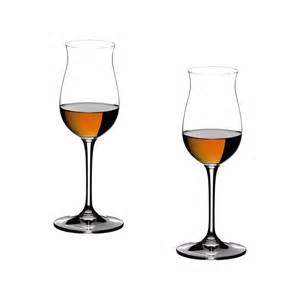There are many producers of cognac in the legal production area of France known as The Charentes and Charentes Maritime. Each one of them, quite naturally, believes that their cognacs are the best. The truth, however, is rather different. Producers don’t advertise their presence so most have probably only ever tasted different cognacs in bars and restaurants. Indeed, I have spoken to some producers who didn’t even know that they had a distillery next door. This lack of local industry awareness has, over the years, resulted in the development of our own cognac quality control.
There are of course standards to which all cognac houses must rigidly adhere. Variations in the product occur naturally with changes in the terroir, vines, distillation, cellars etc. These changes can dramatically change the quality of each cognac. As a rule, the higher the cru, the better the cognac, but one cannot rely on this as a guarantee of quality.
As negoçiants we try to limit the cognacs we buy to those produced in the top cru, Grande Champagne. Here, hundreds of cognacs are produced, and each has a different taste, age, style, colour, method of production, ageing process, strength and balance. On top of that, our customers have varying tastes and needs and we try to accommodate them all. Finding the right cognacs is objective since we have our own cognac quality control standards which we have developed over the years. These standards are not necessarily subjective however, since more than a third of all our cognacs have won gold medals or above in cognac competition.
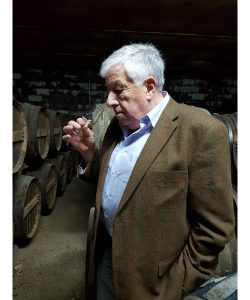 Making sure that our customers really do get the best means that, after we have decided on a potential cognac, we still need to do several tests. The first is of course tasting. It is difficult to say how many cognacs we taste but on some days, it may be twenty or even thirty, others, maybe only one or two. One tends to gather considerable experience when tasting many different cognacs. Then we check the cognac for balance which means balancing the fieriness against flavour. Sometimes we need to reduce the cognac slightly which in some cases take quite a long time. We also check it for sediment as some distillers don’t filter their cognacs before we receive them at our bottling plant. The alcohol level is also tested as legally, this must be quoted on the label. This process also involves checking the level of obscuration (factors which mask the true alcohol content). There is always some natural obscuration which cannot be avoided but in modern blends, the addition of sugar and caramel increases the level considerably.
Making sure that our customers really do get the best means that, after we have decided on a potential cognac, we still need to do several tests. The first is of course tasting. It is difficult to say how many cognacs we taste but on some days, it may be twenty or even thirty, others, maybe only one or two. One tends to gather considerable experience when tasting many different cognacs. Then we check the cognac for balance which means balancing the fieriness against flavour. Sometimes we need to reduce the cognac slightly which in some cases take quite a long time. We also check it for sediment as some distillers don’t filter their cognacs before we receive them at our bottling plant. The alcohol level is also tested as legally, this must be quoted on the label. This process also involves checking the level of obscuration (factors which mask the true alcohol content). There is always some natural obscuration which cannot be avoided but in modern blends, the addition of sugar and caramel increases the level considerably.
We really do try hard to provide our customers with the very best and we are proud of our collection of Hermitage Cognacs. Being a small, artisan producer is a huge benefit to everybody. If we were big, we would have to blend to supply cognacs with more commercial affordability. Each cognac would lose its individuality and we would probably have to rely on younger cognacs to produce the required quantity. We know Hermitage is always the best cognac available for our customers’ needs but it can be difficult to easily communicate that with every bottle we sell.
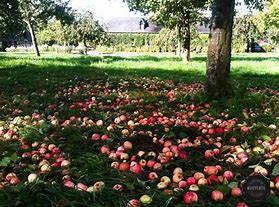 Calvados really is the finest example of apple brandy so it is a mystery that it isn’t more popular. Traditionally rustic, being based on the common old farmyard apple rather than the noble grape, perhaps it is too old fashioned for the influential trendsetters? And what about geography? Normandy is poorer and more rural than the elitist areas of Champagne and Cognac. The region staged countless wars and its fields are the final resting place of thousands of young men. But the trend is gradually changing. New calvados embassies are opening across the world. Indeed, official figures show that in 2017, 57% of the 6m bottles of calvados sold were exported. Its popularity as a cocktail ingredient has certainly helped. One of London’s most stylish and up-and-coming bars, Coupette, puts calvados cocktails at the very heart of its menu. What is a surprise though is that mixologists are using not just calvados from the top cru, Pays D’Auge, but aged and more expensive vintages too. Calvados is a delicious, versatile and refreshing spirit. It goes well with food, tastes good neat, and can be the base for sophisticated cocktails.
Calvados really is the finest example of apple brandy so it is a mystery that it isn’t more popular. Traditionally rustic, being based on the common old farmyard apple rather than the noble grape, perhaps it is too old fashioned for the influential trendsetters? And what about geography? Normandy is poorer and more rural than the elitist areas of Champagne and Cognac. The region staged countless wars and its fields are the final resting place of thousands of young men. But the trend is gradually changing. New calvados embassies are opening across the world. Indeed, official figures show that in 2017, 57% of the 6m bottles of calvados sold were exported. Its popularity as a cocktail ingredient has certainly helped. One of London’s most stylish and up-and-coming bars, Coupette, puts calvados cocktails at the very heart of its menu. What is a surprise though is that mixologists are using not just calvados from the top cru, Pays D’Auge, but aged and more expensive vintages too. Calvados is a delicious, versatile and refreshing spirit. It goes well with food, tastes good neat, and can be the base for sophisticated cocktails.
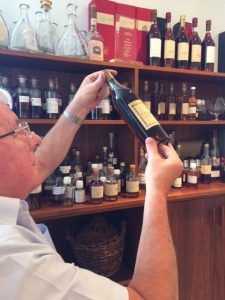 We often have requests to do a Brandy Bottle Valuation and whilst sometimes a bottle can have a high value, most brandy valuations will disappoint most people.
We often have requests to do a Brandy Bottle Valuation and whilst sometimes a bottle can have a high value, most brandy valuations will disappoint most people.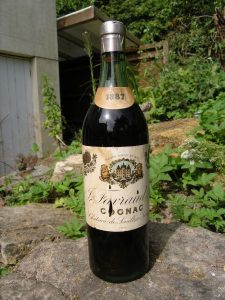
 Making sure that our customers really do get the best means that, after we have decided on a potential cognac, we still need to do several tests. The first is of course tasting. It is difficult to say how many cognacs we taste but on some days, it may be twenty or even thirty, others, maybe only one or two. One tends to gather considerable experience when tasting many different cognacs. Then we check the cognac for balance which means balancing the fieriness against flavour. Sometimes we need to reduce the cognac slightly which in some cases take quite a long time. We also check it for sediment as some distillers don’t filter their cognacs before we receive them at our bottling plant. The alcohol level is also tested as legally, this must be quoted on the label. This process also involves checking the level of obscuration (factors which mask the true alcohol content). There is always some natural obscuration which cannot be avoided but in modern blends, the addition of sugar and caramel increases the level considerably.
Making sure that our customers really do get the best means that, after we have decided on a potential cognac, we still need to do several tests. The first is of course tasting. It is difficult to say how many cognacs we taste but on some days, it may be twenty or even thirty, others, maybe only one or two. One tends to gather considerable experience when tasting many different cognacs. Then we check the cognac for balance which means balancing the fieriness against flavour. Sometimes we need to reduce the cognac slightly which in some cases take quite a long time. We also check it for sediment as some distillers don’t filter their cognacs before we receive them at our bottling plant. The alcohol level is also tested as legally, this must be quoted on the label. This process also involves checking the level of obscuration (factors which mask the true alcohol content). There is always some natural obscuration which cannot be avoided but in modern blends, the addition of sugar and caramel increases the level considerably.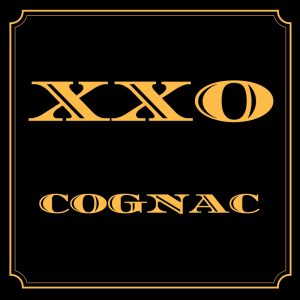 The big cognac houses are well aware of the similarity of their products so the need to spice up their ranges is always evident. We have seen recently the efforts by some to add a cask finish to their cognacs; sherry casks have already been used by one house. But the latest craze is to try and produce a super XO cognac called XXO. Hennessy, who have the biggest sales of XO cognacs, have already launched an XXO in the Far East. They tried to register it as a Hennessy name thereby denying other houses the opportunity to use the term. Unsurprisingly, other cognac growers were far from happy but after debate, an agreement has been reached allowing anybody to use the term for their super XOs. Apparently, these new XXO cognacs will have to be aged for a minimum of 14 years. This seems a strange period to select since many of the smaller houses make XO cognacs up to 20 years old. It took a quarter of a century to change the XO definition from 6 to 10 years, perhaps it will take another 25 years to officially recognise this new, super appellation? It’s an interesting point since many years ago,
The big cognac houses are well aware of the similarity of their products so the need to spice up their ranges is always evident. We have seen recently the efforts by some to add a cask finish to their cognacs; sherry casks have already been used by one house. But the latest craze is to try and produce a super XO cognac called XXO. Hennessy, who have the biggest sales of XO cognacs, have already launched an XXO in the Far East. They tried to register it as a Hennessy name thereby denying other houses the opportunity to use the term. Unsurprisingly, other cognac growers were far from happy but after debate, an agreement has been reached allowing anybody to use the term for their super XOs. Apparently, these new XXO cognacs will have to be aged for a minimum of 14 years. This seems a strange period to select since many of the smaller houses make XO cognacs up to 20 years old. It took a quarter of a century to change the XO definition from 6 to 10 years, perhaps it will take another 25 years to officially recognise this new, super appellation? It’s an interesting point since many years ago,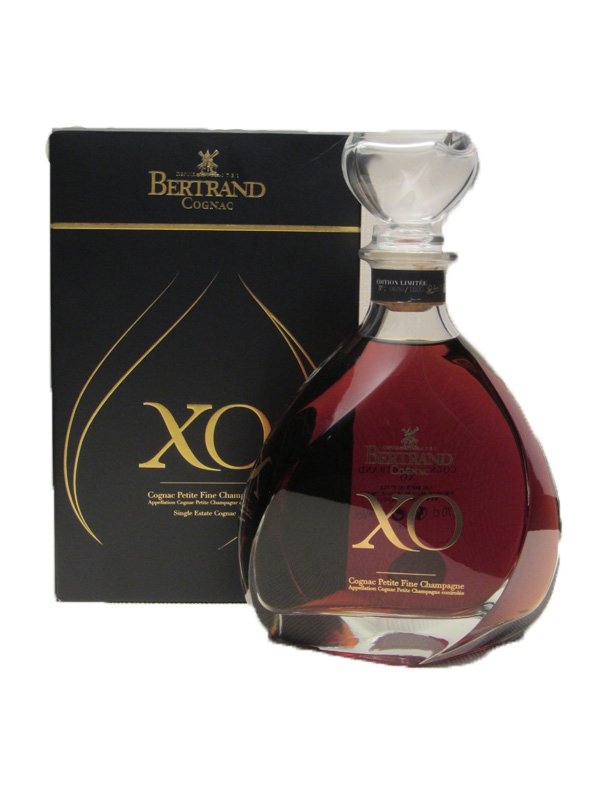
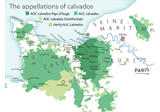 In many ways
In many ways 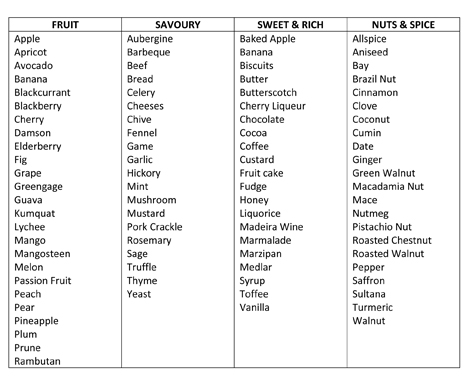
 Today, less than 1% of the
Today, less than 1% of the 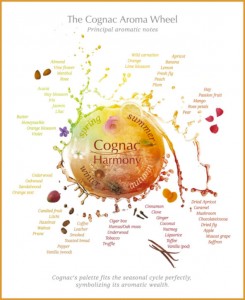 “I am delighted to see that more and more businesses are recognising that education and well-trained staff are the foundations to better customer service and stronger profits,” says the CEO, Wine & Spirit Education Trust (WSET). The WSTA concur stating that “consumers are increasingly favouring more premium brands”. We have always maintained that spirits education is key to the sale of our luxury brandies. There is a specific
“I am delighted to see that more and more businesses are recognising that education and well-trained staff are the foundations to better customer service and stronger profits,” says the CEO, Wine & Spirit Education Trust (WSET). The WSTA concur stating that “consumers are increasingly favouring more premium brands”. We have always maintained that spirits education is key to the sale of our luxury brandies. There is a specific 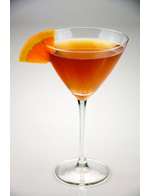 Adding Water or Mixers
Adding Water or Mixers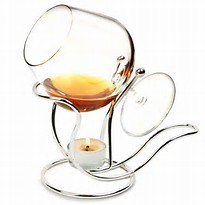 Adding Heat
Adding Heat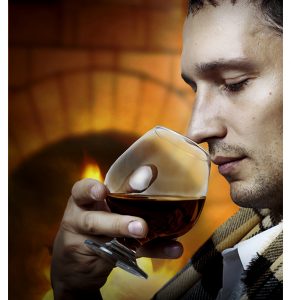 When to Drink?
When to Drink?